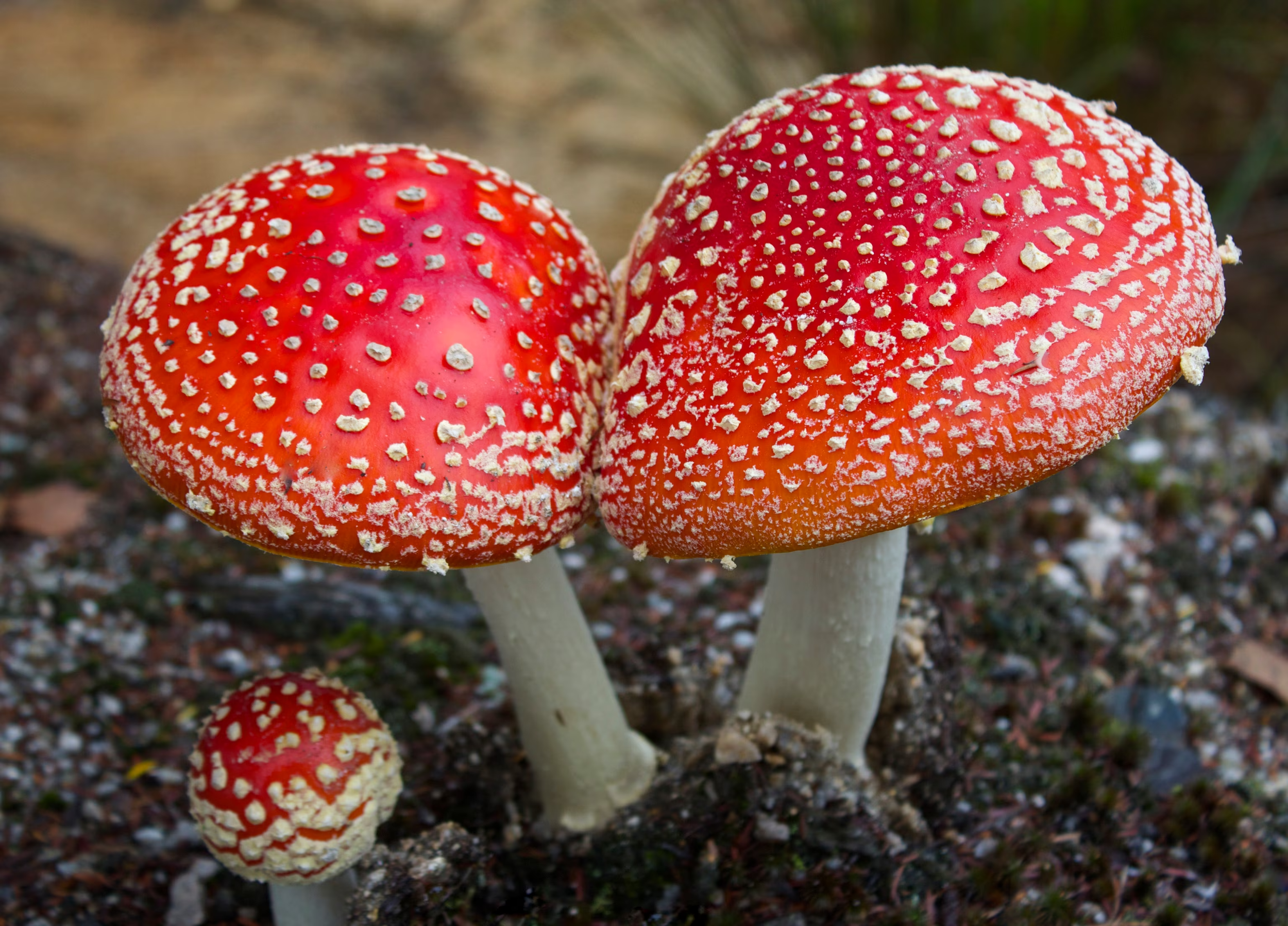There’s Fungus Among Us. But Where Exactly?
A new global atlas of underground fungi suggests that some surprising biodiversity hot spots lie hidden beneath our feet.
By Emily Anthes, The New York Times
The world’s biological riches are not evenly distributed. Instead, much of Earth’s plant and animal life is concentrated in a small number of biodiversity hot spots — from the tropical rainforests of the Amazon to the alpine meadows of the Himalayas — that have earned enormous scientific and conservation attention.
Now, new research suggests that more of these critical hot spots could be hiding beneath our feet — undocumented and largely unprotected.
On Wednesday, an international team of scientists unveiled a global underground atlas, mapping the biodiversity of organisms known as mycorrhizal fungi. The fungi, which live in and on plant roots, form vast underground networks and perform critical ecosystem services, transporting nutrients to plants, storing carbon, bolstering soil health and helping crops survive environmental shocks and stresses.
Using machine learning models, the scientists predicted that rich reservoirs of these fungi lie hidden in some unexpected places, including the Alaskan tundra and Mediterranean woodlands and scrublands. The dense Amazonian jungle did not stand out as a fungal biodiversity hot spot, but the neighboring savanna, the Brazilian Cerrado, did.
“The Amazon of the underground is not actually in the Amazon rainforest,” said Michael Van Nuland, the lead data scientist at the Society for the Protection of Underground Networks, a research organization that led the mapping effort. “These patterns of diversity that we’re seeing are unique.”
Alarmingly, they found, relatively few of these critical hot spots are in ecologically protected areas.

